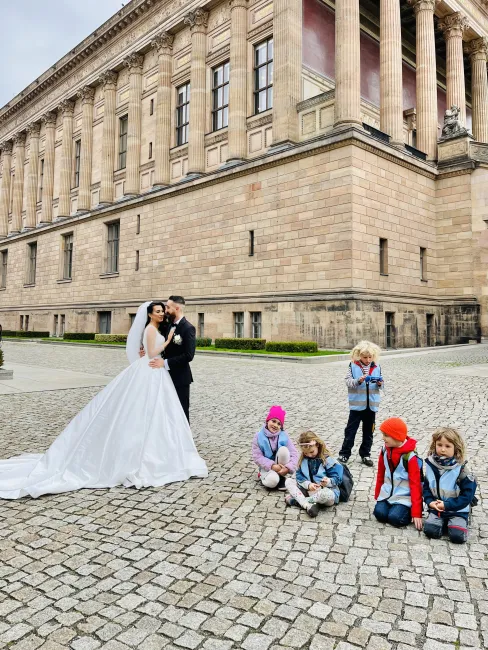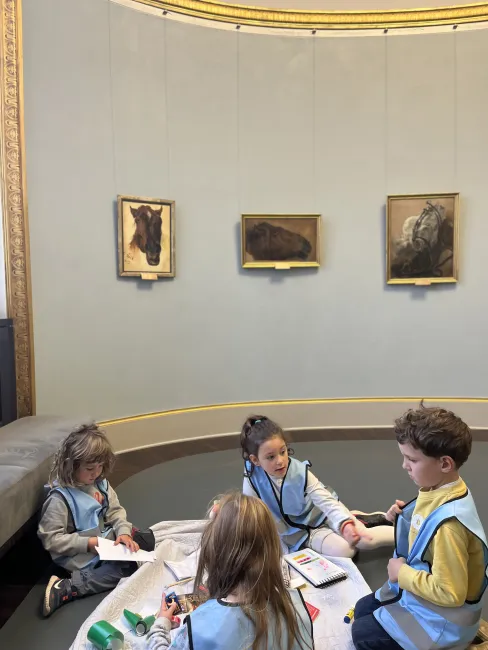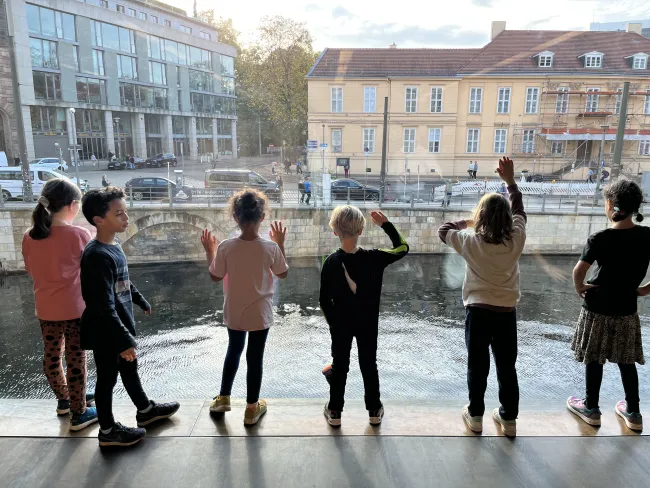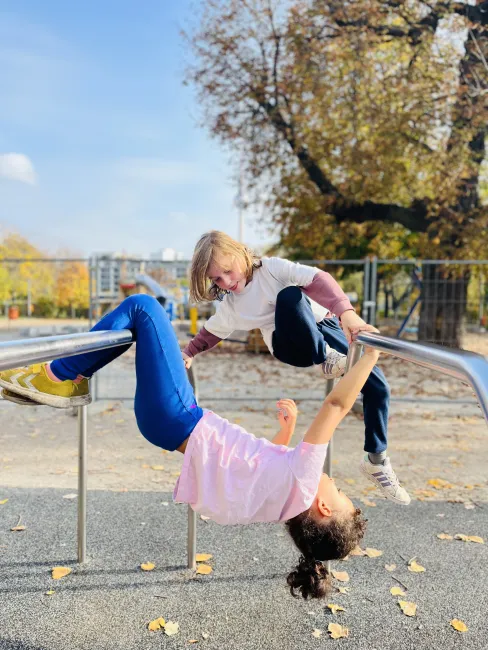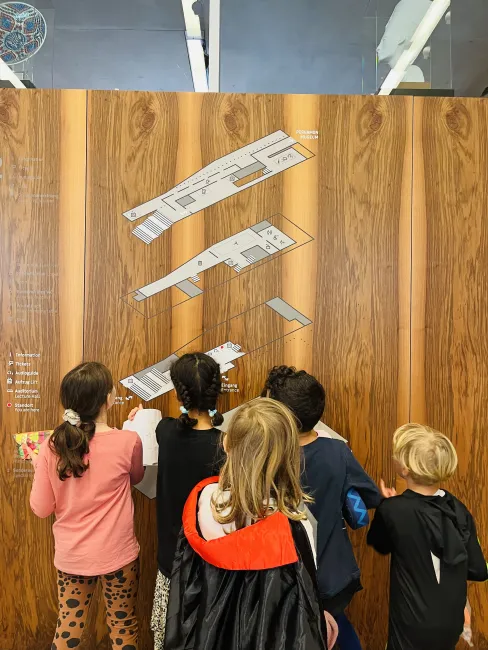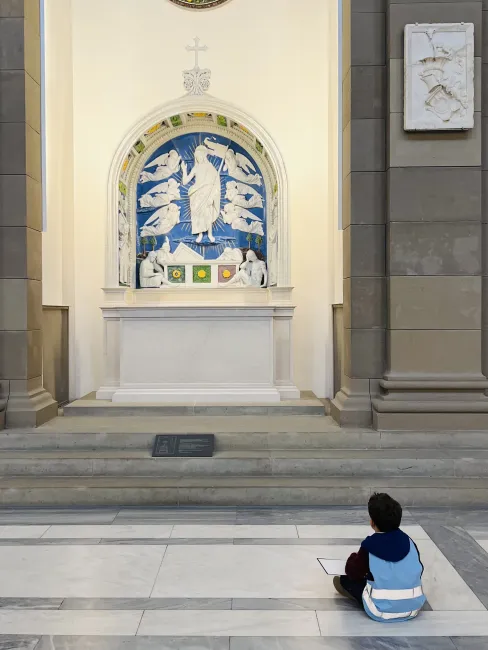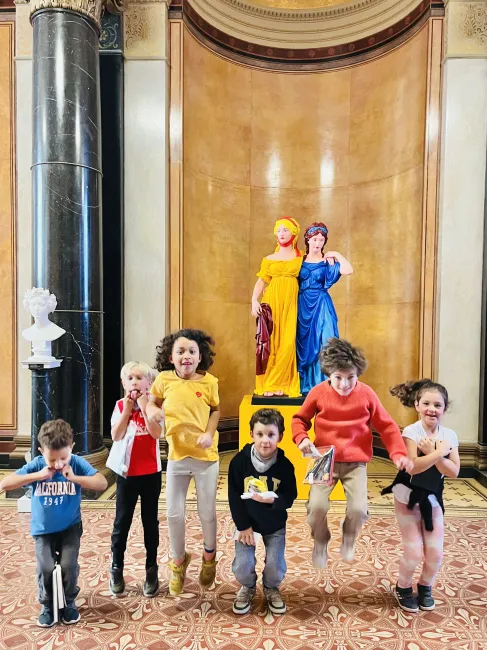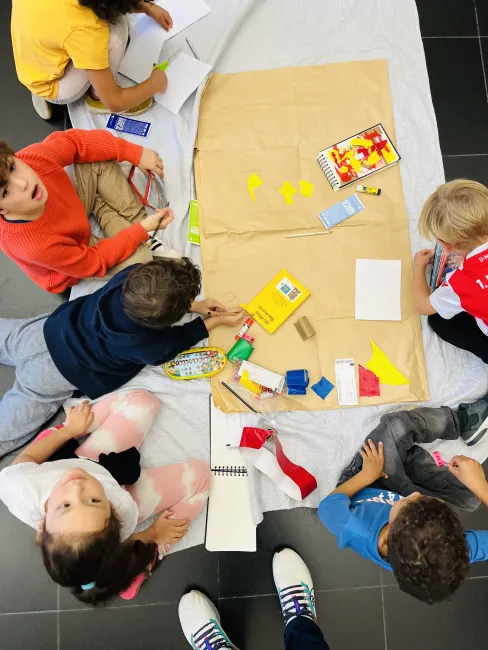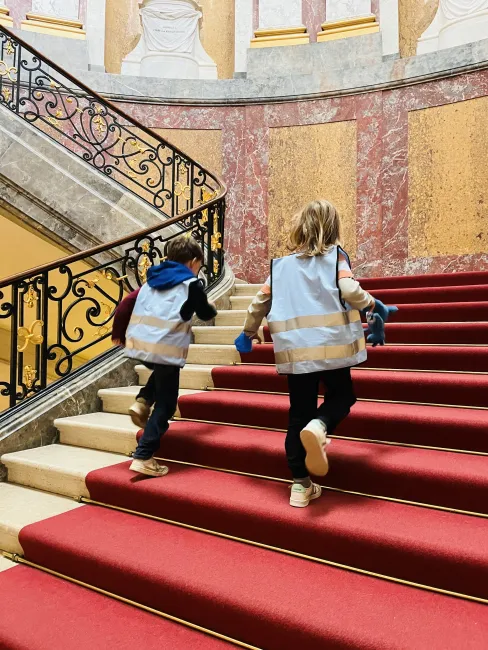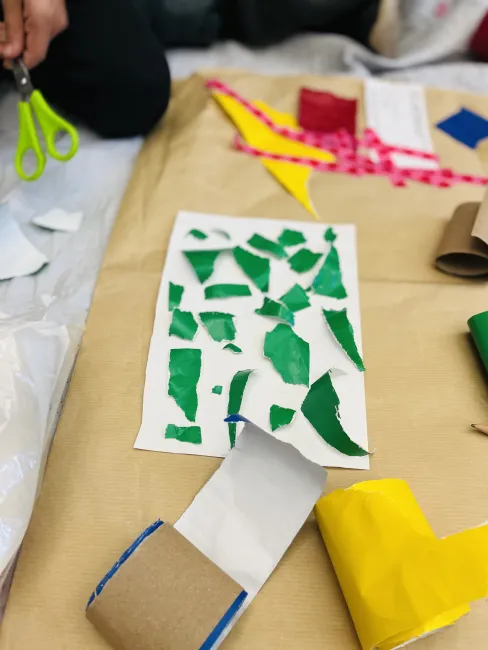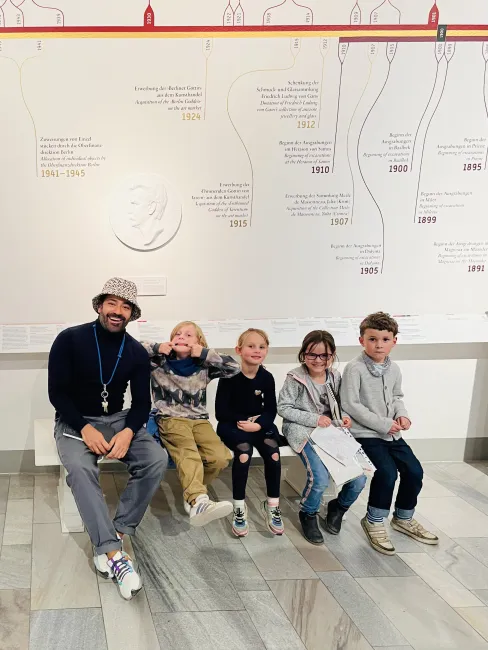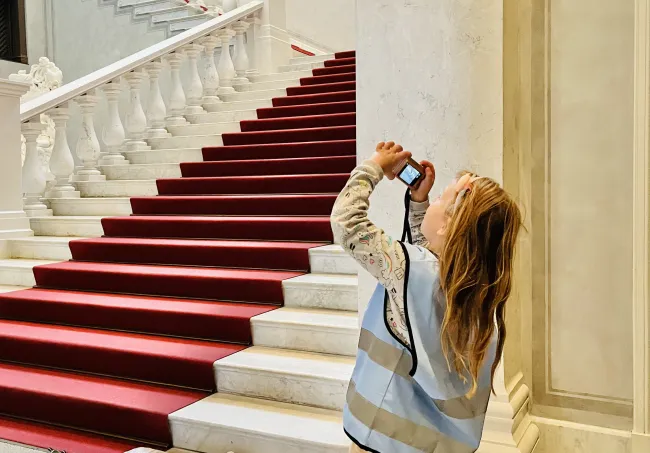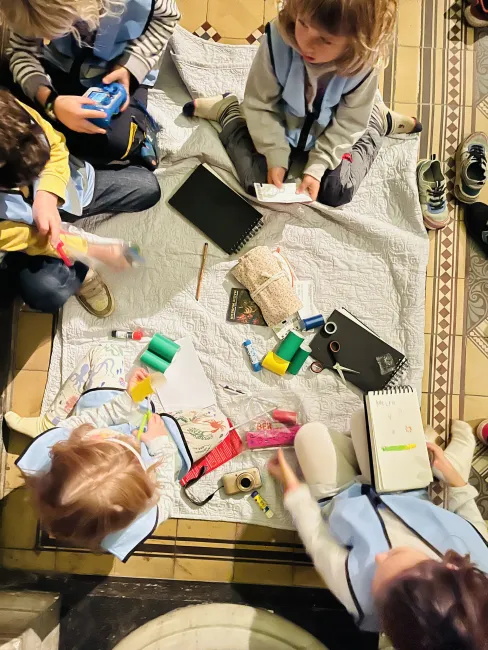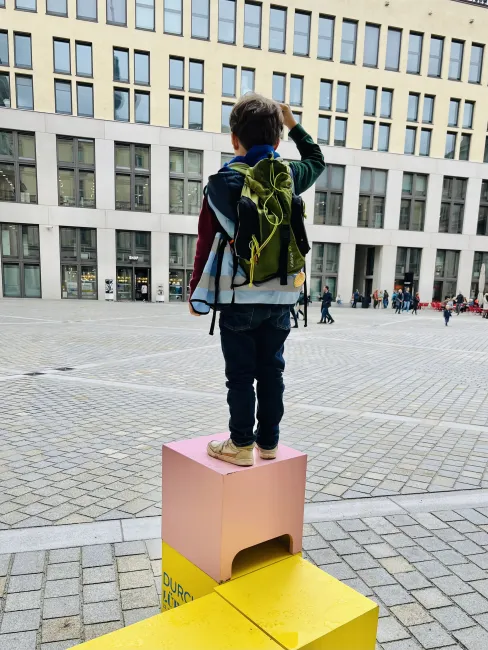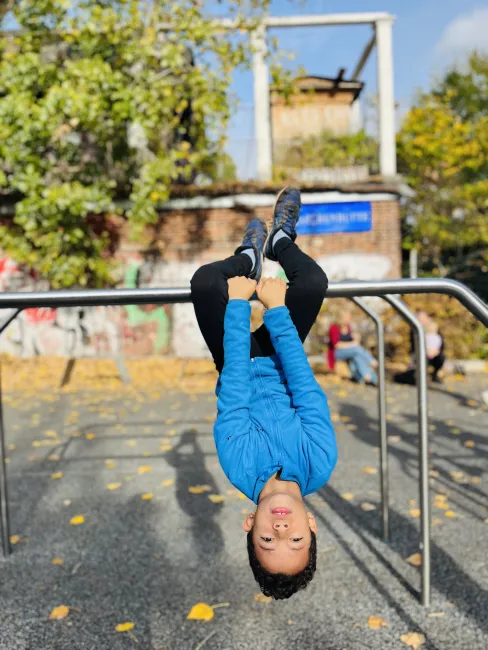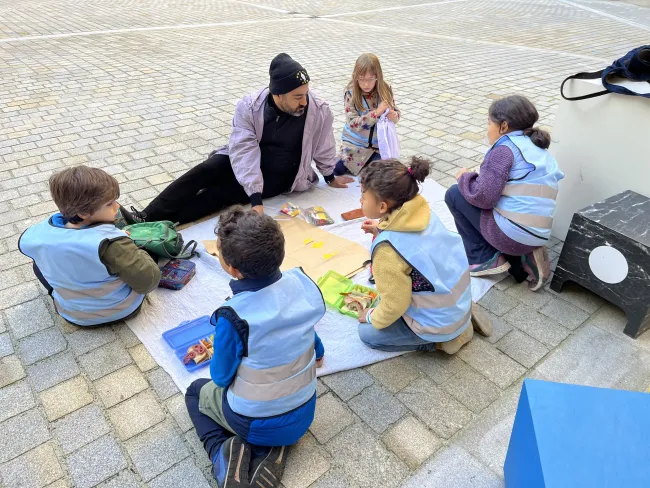What Happened in October?
In October, the children explored the Museum Island in Berlin over four Saturdays.
Our kickoff took place on October 1, 2022, with a visit to the Altes Museum. The goal was to view the treasures and historical artifacts on display. This opened up countless new perspectives and exciting topics for the children. The Altes Museum provided the ideal thematic foundation to connect later with the topics of the other museums on the island.
Mind, Body & Soul
Our activities in October aligned closely with the Mind Body and Soul concept by fostering a holistic development approach for children. Here's how it connects:
Mind
Understanding Processes: By training their ability to think chronologically and understand processes through our museum visits in October, children engaged cognitively. This enhanced critical thinking and analytical skills, helping them make connections between historical contexts and contemporary issues.
Body
Physical Well-Being: Engaging in activities indoors like us walking through museums, and participating in physical games—such as imitating poses of sculptures and practicing breathing exercises—enhances children's physical health and wellness. These activities encouraged movement and fresh air, promoting an active lifestyle. By connecting physical activity with their learning experiences, children not only improve their fitness but also deepen their understanding of the exhibits, creating a more immersive and holistic educational experience.
Physical Well-Being and Self-Regulation: KidsKultur activities always include dedicated time for children to spend outdoors, allowing them to run around and engage in physical activities. This time in fresh air helps them regulate their energy and emotions after cognitive inputs from museum visits and workshops. It also enhances the KulturKids ability to focus and process information. By integrating movement with learning, children develop a balanced approach to education that nurtures both their physical and mental well-being.
Soul
Sense of History and Belonging: Visiting museums allows children to explore historical artifacts and narratives, giving them a broader understanding of humanity and our shared journey. This connection to the past fosters a sense of self and belonging, as they see themselves as part of a larger narrative. It reinforces the idea that they belong to a global community that is interconnected, highlighting commonalities among diverse cultures and experiences. This understanding cultivates empathy and a deeper appreciation for their place in the world.
This perspective emphasizes how the experience enriches the children's emotional and social development, reinforcing their identity within a global context.
Why Are Museums Important for Development?
Museums offer a variety of opportunities to facilitate the understanding of processes. Interactive tasks allow me to understand processes in a practical and experiential way. By actively trying out and experimenting, I can better grasp how different processes work.
Visual representations also play a significant role for me. Museums often present information in visual form, whether through models, diagrams, maps, or multimedia presentations. These illustrative displays help children better understand complex processes by making them easily comprehensible.
By situating the learning experience within the urban context, children not only learn about historical processes but also understand their role in the larger social fabric. This builds empathy and a sense of responsibility towards their community.
Overall, the activity encapsulates the Mind Body and Soul concept by promoting intellectual growth, physical engagement, and social awareness, all essential for well-rounded development in children.

